|
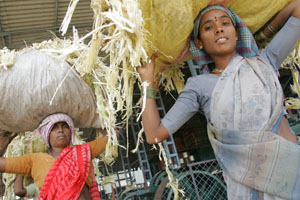 Throughout the tropics, farm animals are kept underweight and underproductive due to lack of feed. This constraint is stopping some 600 million poor farmers from meeting a fast-rising global demand for milk and meat. But a new partnership, developing dual-purpose food-feed sorghum varieties is helping to meet the basic needs of India’s farmers and leading to similar work in other crops and other countries. Throughout the tropics, farm animals are kept underweight and underproductive due to lack of feed. This constraint is stopping some 600 million poor farmers from meeting a fast-rising global demand for milk and meat. But a new partnership, developing dual-purpose food-feed sorghum varieties is helping to meet the basic needs of India’s farmers and leading to similar work in other crops and other countries.
The single most important ruminant feed resource on many of the small crop-livestock farms of Asia and Africa is not grass but rather the stalks, leaves and other remains of crop plants after harvesting. In India, for example, 44% of the feed annually sustaining all the country’s cattle, buffalo, goats, sheep and camel populations is made up of such crop ‘wastes’. The rest comes from planted forages and a shrinking area of pastures and other common lands. Expensive concentrates—the mainstay of livestock production in rich countries—are used only very occasionally.
While crop residues (straw and stover) have become a main feed for farm animals of the South, crop breeders until recently continued to focus solely on increasing grain yields. But a research partnership between India’s National Research centre for Sorghum (NRCS), the International Crops Research Institute for the Semi-Arid Tropics (ICRISAT) and ILRI is redressing this oversight in India’s all-important sorghum crop, grown on nearly 10,000,000 hectares on the country. The research partners incorporated fodder quality traits in India’s crop breeding trials and in doing so, led breeders to identify sorghum varieties with high yields of both grain and stover as well as improved stover quality.
|
Partners in the sorghum food-feed collaboration
India’s National Research Centre for Sorghum (NRCS) leads the All-India Coordinated Sorghum Improvement Program mandated to test and release new cultivars. It also assesses the socio-economic importance of sorghum-based livelihoods.
Website: http://www.nrcsorghum.res.in
The International Crops Research Institute for the Semi-Arid Tropics (ICRISAT) provided conventional and molecular sorghum breeding, global crop economics and assessments of the impacts of crop interventions for the poor.
Website: http://www.icrisat.org
The International Livestock Research Institute (ILRI) conducted the livestock nutrition work and provided expertise in global livestock economics and assessments of the impacts of livestock interventions for the poor.
Website: http://www.ilri.org
|
Summary of results from the sorghum trials
The research partnership began in 1999 by assessing the potential impacts on India’s smallholder livestock productivity of planting sorghum and millet varieties with genetically enhanced stover fodder quality and quantity. Remarkably, results indicated that a 1% increase in just one livestock productivity-related parameter—stover digestibility—would result in increases in milk, meat and draught power outputs ranging from 6-8%. The net present value of the research was estimated to range from US$42-208 million, with predicted high rates of return to the research investment of 28-43% and corresponding high benefit:cost ratios of 15 to 69:1.
ILRI then proceeded to establish facilities for animal nutrition studies using large and small ruminants at ICRISAT’s Patancheru headquarters, close to the NRCS. These facilities enabled the research partners to make a stepwise evaluation of the relationships between fodder from different sorghum lines and livestock productivity—and to find a simple way of assessing these. Animal experimentation, while itself impractical as a routine screening tool, quickly laid a sound basis for developing and validating simple laboratory assessment methods and for quantifying potential impacts on livestock productivity.
In 2001 work began with combined feeding and laboratory trials of stover obtained from a wide range of sorghum varieties and hybrids. The trials simulated diverse on-farm circumstances, including those where stover is scarce, abundant and supplemented with other forages, because fodder qualities depend on a farm’s total feed resources. Across India’s great drylands, for example, where insufficient feed prevents animals from eating until they have satisfied their appetites, a fodder trait for ‘voluntary feed intake potential’ is likely to be irrelevant while another for ‘feed digestibility’ is critically important.
Sorghum varieties were investigated for their morphological characteristics and structure (leaf blade:leaf sheath:stem proportions, plant height, stem diameter, residual green leaf area), chemical constituents (protein, fiber, sugar) in the stover and in vitro fermentation characteristics (true and apparent digestibility, rate of fermentation, partitioning of fermentation products). Results showed that fodder quality traits measured in the laboratory could be used to predict and account for at least 80% of the variation in relevant livestock productivity traits, such as digestible organic matter intake and nitrogen balance.
Traits were chosen also for the ease with which they could be measured (e.g. plant height, stem diameter) and/or be accurately predicted by near-infrared spectroscopy (NIRS). Importantly, use of NIRS technology allowed all the partners in the project, including those with no livestock feeding facilities, easy access to developed and validated NIRS prediction equations and consequently phenotyping for stover fodder quality capability. NRCS staff seconded to ILRI’s livestock nutritional facilities on ICRISAT’s Patancheru campus used the facilities and NIRS equations to comprehensively assess all newly submitted sorghum cultivars.
Breaking new ground in food-feed crops
Identification of superior dual-purpose food-plus-feed sorghum varieties is now helping India close its livestock feed gap as well as feed its growing human population. By increasing the country’s livestock productivity, this research is improving the livelihoods of some 100 million mixed crop-livestock farmers —and doing so in ways those small farmers should be able to sustain over the longer term. This partnership also led the way for similar work on millet, groundnut, rice, maize and cowpea and new collaborations are about to begin on wheat and various leguminous crops.
By generating superior dual-purpose sorghum varieties suited to India’s millions of smallholder farmers, this collaborative research has been path-breaking in demonstrating that traits for stover fodder quality and quantity can be incorporated into existing breeding programs to improve grain yields—and with minimum investments in equipment, staff and labour and minimum transaction costs for the collaborating institutions.
It further offers a practical two-step approach to development of food-feed crops. First, exploit dual-purpose traits in existing cultivars by complementing traditional crop improvement programs with information about the quantity and quality of expected yields of crop residues for livestock feed. Second, target dual-purpose crops for genetic enhancement. The first approach, comparatively cheap and logistically feasible, promises quick benefits for resource-poor farmers. The second, more strategic, approach requires more investments and benefits farmers later and over the longer term. In a world of scarce and rapidly diminishing land, water, fodder and other natural resources, both approaches merit the world’s attention.

ILRI Top story 22 August 2007
Sweet sorghum: utilizing every 'drop'
Contacts
For further information about this project contact:
 Michael Blummel Michael Blummel
ILRI c/o ICRISAT
Patancheru 502 234AP India
Email: m.blummel@cgiar.org
For further information about ILRI’s activities in Asia contact:
 Iain Wright Iain Wright
ILRI’s regional representative in Asia
Email: i.wright@cgiar.org
|

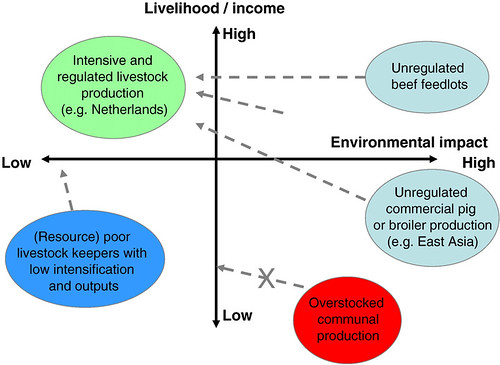

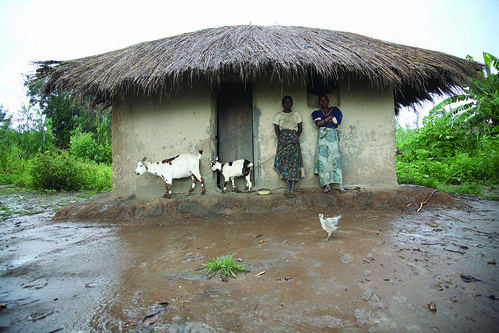

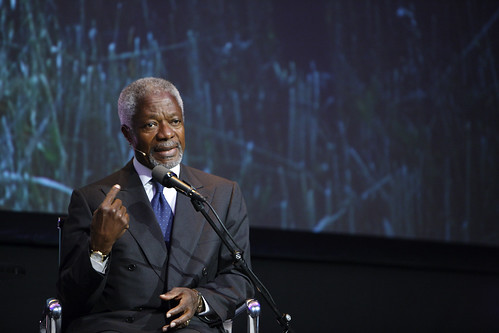
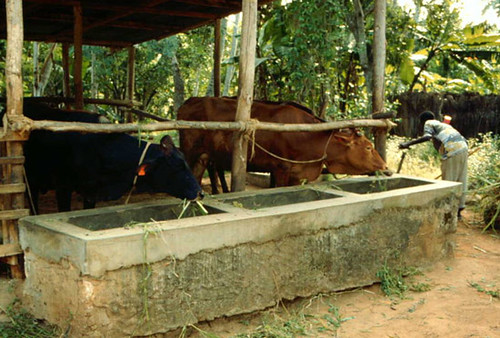


 Michael Blummel
Michael Blummel Iain Wright
Iain Wright